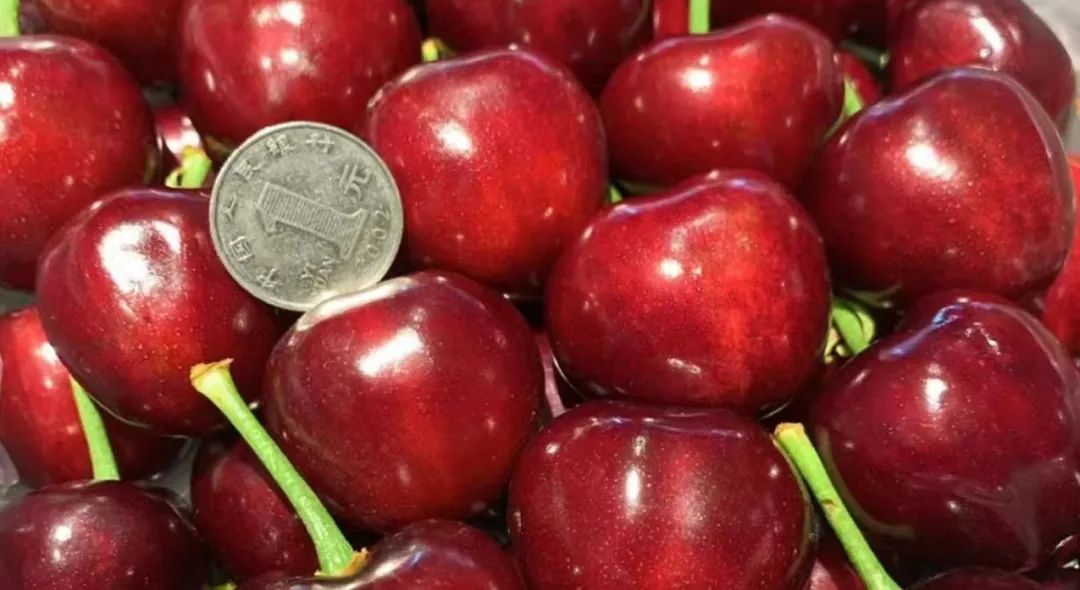After the Spring Festival (Chinese New Year), imported cherries have gradually disappeared from the Chinese market. Only a few unsold products are left on clearance at low prices, around less than 20 yuan per jin (5€/kg).
Domestic cherries have started to take over and, when they reach the market, the price will gradually increase. The first harvest of Meizao cherries produced in the Dalian greenhouses has been on the market for some time and, due to the shortage of goods, the price has remained high, even 1-2 times more expensive than Chilean cherries.
At the end of January this year, when Chinese cherries were first released in small quantities, the wholesale price rose to around 100 yuan/jin (€12/kg), and the retail price was even more than 200 yuan per jin (€25/kg), which was discouraging.
In the entire domestic cherry production, the proportion of cherries grown in greenhouses is relatively low, so the price is relatively high. When cold cherries are put on the market in large quantities from April to May, the price can drop to around 20-50 yuan/jin (€2.5-6.5/kg).
In fact, it is very early for large domestic cherries to go on sale in February. In China, domestic cherries generally start to be put on the market in March, but greenhouse-grown cherries in some areas may ripen early to capture the consumer market.

In Dalian, Liaoning, they have already reached 40 days early, while in Yantai, Weifang, Liaocheng, Rizhao, the Shandong Peninsula, etc., more and more high-temperature cherry greenhouses are appearing, but they also coincide with the launch period of Chilean cherries. The main strength of domestic cherries is their high ripeness and transport.
The fresher the cherries, the higher the price, so everyone rushes to get them. However, since the total volume before the Spring Festival was not high, it was not enough to have an impact on imported cherries.
In recent years, domestic cherries have been excluded due to their variable quality, original packaging and the difficulty of keeping them fresh. There is a big gap between domestic cherries and similar imported products. Many consumers prefer imported cherries.
In recent years, thanks to the efforts of plantation companies in various production areas, the level of domestic cherries has been continuously improved, high-quality varieties have been introduced and the quality and flavour of the fruit have gradually improved. In addition, the origin of domestic cherries is also close to the consumer market, fully guaranteeing the hardness of the product and meeting consumers' demands for freshness.
In the next five to ten years, domestic cherry growers will further expand the planting area of high-temperature greenhouses and continue to improve varieties and planting methods. Perhaps in a few years, large domestic cherries will become one of the main products on the market before the Chinese New Year
Source: Weixin
Images: Weixin
Cherry Times - All rights reserved













